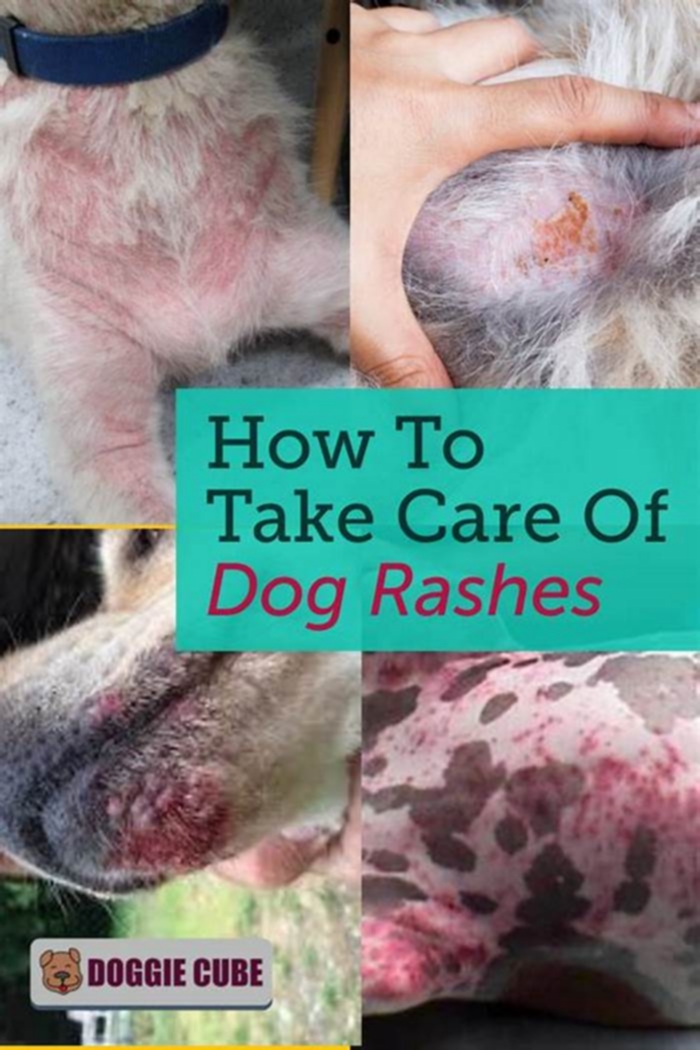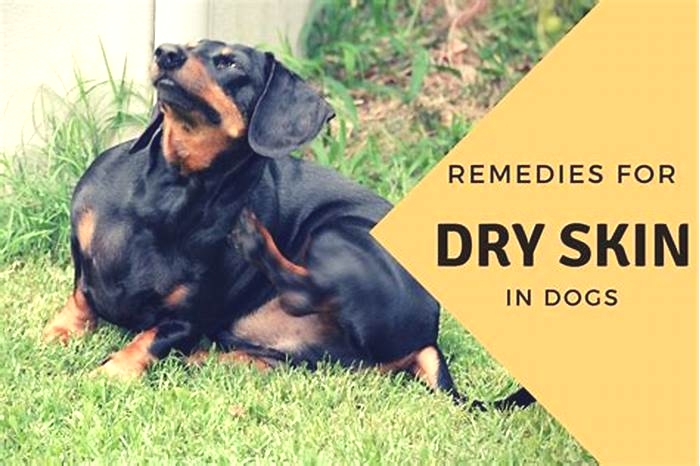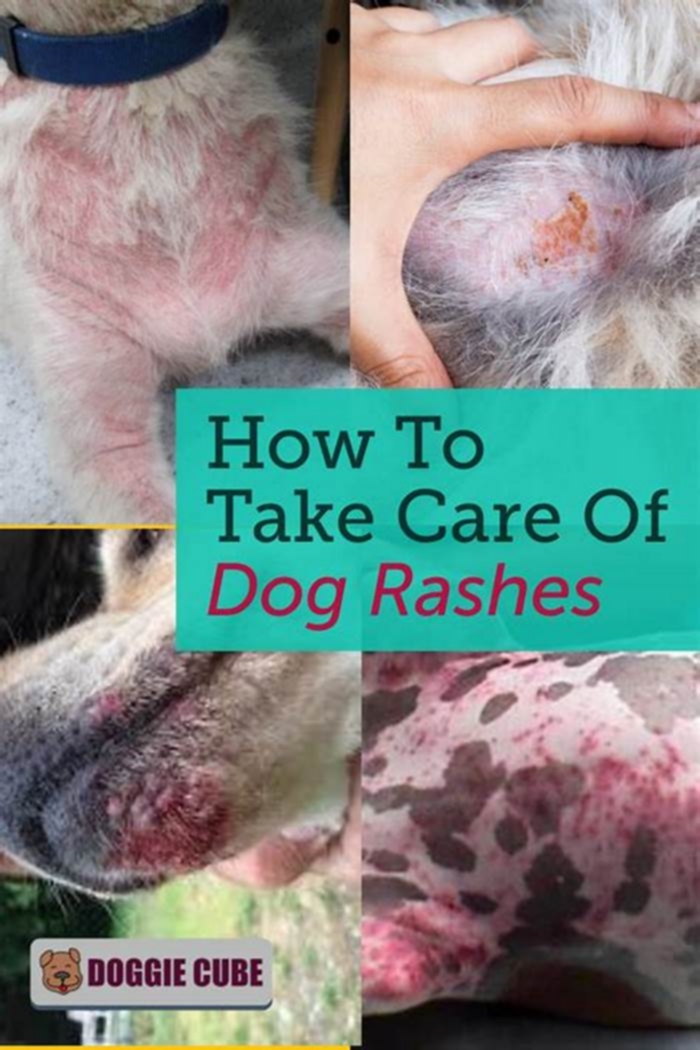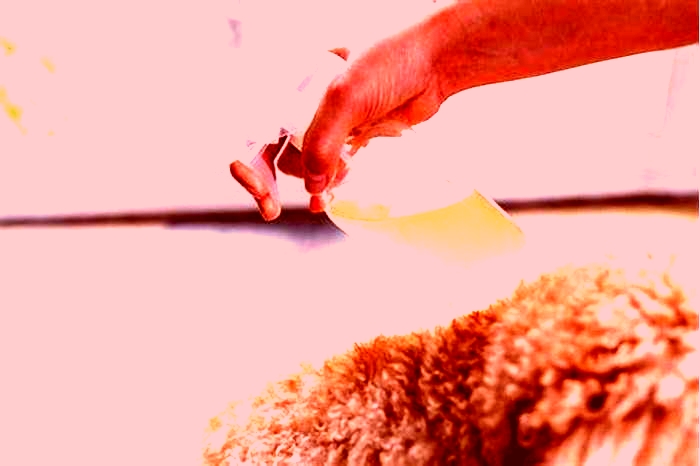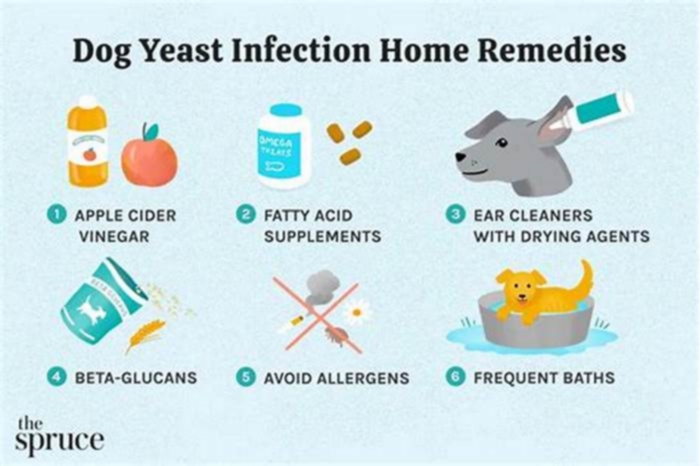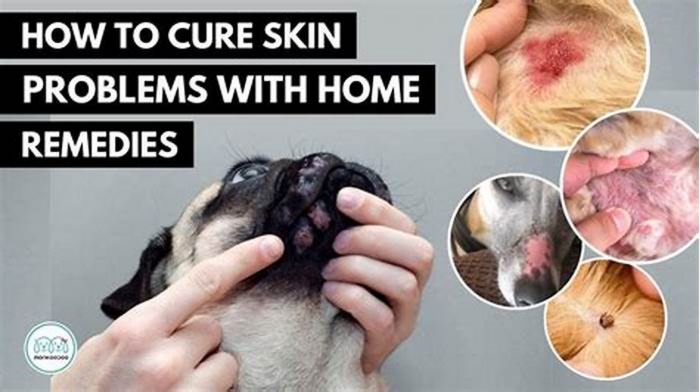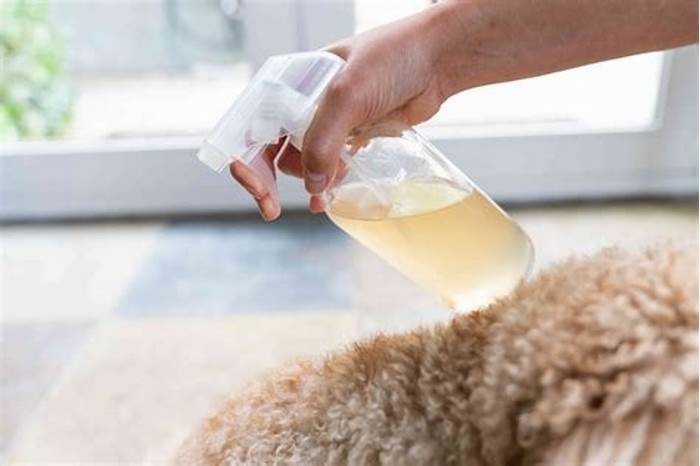How to treat hot spots on dogs at home
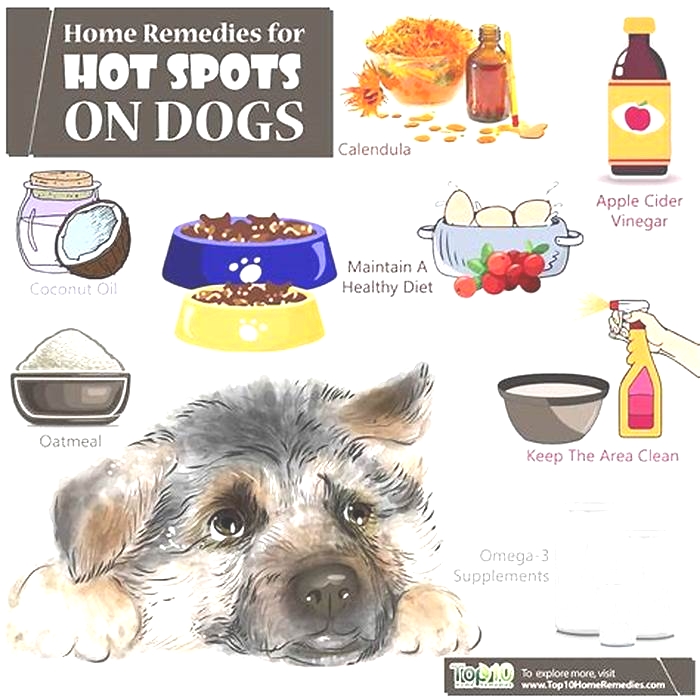
Dog Hot Spot Home Remedy: 9 Easy Remedies & Treatments
Perhaps you're familiar with the dog hot spot drama: you come home and call your dog's name, only to find them digging their teeth into their own skin with frightening force. You try to get them to stop, and maybe they do for a minute, but they're right back at it as soon as you're not looking. You finally take a look at what's bothering them and discover a red, hot, oozing, sore that looks painful to touch. You panic, and your dog continues to lick the area aggressively. Eventually, ask yourself, "Is there a home remedy for these hot spots on my dog?"
No one enjoys seeing their dog suffer, and the sight of an infectious hot spot is almost just as unbearable. These spots are a major pain for your dog, but they're easy to treat at home with the right ingredients.
What Are Hot Spots on Dogs?
Also known as acute moist dermatitis, hot spots are areas of localized skin infections or inflammation. Acute moist dermatitis or hot spots are patches of warm, angry skin that your dog won't ignore - every time you turn around, they could be biting, licking, or scratching these sores. Your dog's immune response may cause the lesions to ooze pus when the infection sets in. Hot spots can turn up suddenly, and they'll spread quickly if left untreated.
Where Do Hot Spots Form On Dogs?
Hot spots can form anywhere on your dog's body. Because your dog can easily reach these spots to chew and scratch, hot spots in these locations can quickly become more severe if untreated. However, the most common sites you will find hot spots on dogs are on the:
What Does A Hot Spot On A Dog Look Like?
Your dog's hot spots will likely appear as an inflamed, red patch of broken or dry skin. The area surrounding the infection can often appear dry and cracked, with redness in the general area due to the irritation. If skin infections are present, the affected can sometimes ooze pus. Hot spots can also be recognized by scabbing and hair loss.
Are Some Breeds More Prone To Getting Hot Spots?
Dog breeds with thicker coats may be more susceptible to developing hot spots. Breeds like Golden Retrievers, St. Bernards, German Shepherds, and Rottweilers have a higher chance of developing hot spots due to their dense coats. Dog owners should especially be on the lookout for hot spots developing in the warmer months, as they are more likely to develop when your dog is exposed to hot, humid environments.
Causes of Hot Spots on Dogs
Dog hot spots develop when the first layer of skin breaks and harmful bacteria enters the wound. An imbalance of bacteria on the skin also causes hot spots. More often than not, dogs cause their own hot spots by biting, licking, and scratching their skin too much.
Intense licking and grooming are typically why the skin becomes compromised in the first place. However, there is always a reason behind your dog's excessive grooming. If you notice your dog grooming themselves like they have a compulsive disorder, it's time to investigate the root cause. Here are some of the most common causes of hot spots:
Poor Grooming
Poor grooming could lead to more than just hot spots in your dog. Anything that irritates your dog's skin will cause them to scratch or bite themselves and create skin issues. This includes allergens, insect bites, foreign objects (like thorns or splinters), excessive moisture, fur mats, or traumas to the skin.
It's important to groom your dog regularly (at least once every 1-2 months) to check for any skin issues. This way, you'll be able to keep them clean, happy, and hot spot-free!
Anxiety or Stress
Another reason your dog may be over-grooming themselves is because, maybe, they have a compulsive grooming habit. This occurs in dogs with nervous or anxious behaviors. The grooming behavior helps the dog soothe itself when it's stressed. However, this particular coping strategy gets out of hand quickly, and excessive grooming causes hot spots to develop.
Fortunately, there are many options available for treating nervousness in dogs. You should always bring your dog to the vet first to rule out any neurological problems. The vet may prescribe anxiolytic (anti-anxiety) medication to your dog. If you don't want to go the pharmaceutical route, you can always treat your dog to some calming treats, massages, swim therapy, or even acupuncture. Sometimes, simply increasing your dog's exercise solves the issue.
Hot and Humid Conditions
Excessive moisture and heat foster the perfect environment for bacterial overgrowth. The bacteria infects the hair follicles and causes itchiness and irritation to your dog. The itchiness causes your dog to scratch like a maniac, and soon enough you have a hot spot on your hands. In many cases, this can lead to patches of hair loss all over the body.
Dogs with longer, more dense coats are more prone to this issue than dogs with shorter coats. And of course, the climate of your region affects the chances of your dog developing a hot spot due to humidity. If your dog tends to get mats in their fur, you should be extra careful and make sure that their coat is always well-maintained and dry (especially after baths!). Matting can lock moisture close to your dog's skin and become a breeding ground for harmful bacteria.

What Makes A Dog's Skin Itchy Or Irritated?
There are plenty ofreasons why your dog's skin might become itchy or irritated. Unfortunately, all of these have the potential to turn into a painful hot spot if left untreated for too long. To greatly reduce the likelihood of dog hot spots showing up, it is important to keep your dog free from irritants, so they don't feel the need to itch. Some potential irritants you should try to avoid might include, but are in no way limited to:
- Pollen
- Mold
- Dust
- Dander
- Smoke
- Chemicals
- Other pets
Some of these irritants can be more abundant during specific seasons (we're looking at you, Spring!) So pet owners should be aware that the likelihood of their pet running into these irritants will be heightened during these times.
Symptoms of Hot Spots
Hot spot on dogs can vary in size or shape, but it's generally identified as a patch of inflammation, infection, and discomfort on your dog's skin. If you suspect your dog is suffering from a hot spot, take them to a veterinarian to confirm the diagnosis and ensure the condition isn't being caused by another issue. Many other skin conditions mimic the symptoms of a hot spot, so getting an accurate diagnosis is imperative.
Hot spots may feature the following symptoms:
- Persistent licking, biting, or scratching of the affected area
- Redness
- Inflammation (the affected area is hot to the touch)
- Baldness
- Swelling
- Itchy skin
- Discharge of pus
- Foul odor
- Scaly skin
Dog Hot Spot Prevention - Home Remedies
Thankfully, it's easy to prevent and treat hot spots on dogs! You won't need to spend too much money or time making sure your dog stays healthy. The preventative method best suited for your dog will depend on what's causing their hot spots, so make sure you have the source of their problem nailed down. Here are some simple steps you can take to ensure hot spots become a thing of the past.
Maintain Excellent Grooming Hygiene
Because hot spots can develop from bacteria growing on the skin, sticking to a regular grooming routine will ensure that your dog's skin and fur stays in good shape.Utilizing an effective shampoo and brushing will reduce the amount of extra hair trapped in the coat, as well as the number of ticks or fleas that may try to make a home in your dog's fur. A coat that is clean and free of and mats keeps your dog comfortable. As a result, your dog will groom themselves less, which will prevent them from tearing their own skin and causing hot spots.
Perhaps more important than keeping the coat clean is keeping it dry. Moisture is a major cause of bacterial overgrowth. If your dog lives in a humid climate, or swims often, make sure their fur stays dry and free of mats. Your dog will live free of hot spots, and would surely thank you if they could.
Supplement with Fatty Acids
Omega-3 fatty acids DHA and EPA, which are most commonly sourced from fish oil, have effective properties that keep the skin healthy. Hemp seed oil is also a great source of omega 3 fatty acids. These acids also restore the skin's natural protective barrier, which makes it harder for allergens and harmful bacteria to inflict damage on your dog's skin.
Increase Exercise
If your dog scratches out of anxiety or boredom, increasing their activity level will help to alleviate the extra energy they put into grooming themselves. Taking longer or more frequent walks, or allowing more playtime, will keep your dog busy and take their mind off grooming. Exercise will increase endorphins and make your dog calmer. you can also provide your dog the best dog calming chews.

Dog Hot Spot Home Remedy Treatments
The good news is you don't have to spend tons of money on expensive hot spot treatments for dogs - you can treat a painful hot spot on your dog at home with the proper remedies and care! However, if you have any doubts at all about your dog's condition, or if the spot begins to get worse, take them to the vet for professional medical attention.
Shave the Affected Area
Shaving a hot spot allows it to dry out and receive adequate oxygen. Remember, harmful bacteria can thrive in a moist environment. Removing the fur around the spot allows the spot to dry out because it reduces humidity from building up. This makes a hostile environment for bad bacteria.
Be very careful when shaving your dog - the spot is itchy and sore, and your dog might be jumpy and make it difficult for you to safely remove their fur. Take your dog to a vet if you cannot safely shave them at home.
Gently Clean the Spot
Using cool water, a mild skin cleanser, and a soft sponge or rag, clean the hot spot. One way you can do this is by wetting a rag or sponge and gently wiping over the spot. After the first wipe, wet the rag/sponge with soapy water and wipe the spot again. Finally, wipe the spot a third time with plain water (like you did the first time) and dry with a separate towel.
Make sure the spot is completely dry before you finish; you don't want the spot to stay moist. Clean the spot every day - you can even clean twice a day during the first few days of infection.
You can also clean the area with a mild antiseptic solution made for dogs, like chlorhexidine. This agent will kill some of the bacteria on the hot spot. Chlorhexidine is available in plenty of over-the-counter brand washes like DOUXO, Davis, and Durvet. Be sure to follow the directions on the product to ensure you are using it safely.
Apply a Cool Compress
Hot spots are exactly how they sound... hot! They're inflamed, painful, and they radiate heat. This happens because your dog's body sends more blood to the area to fight the infection. The increased blood flow causes the area to feel hot.
To counter the inflammation and heat, you can apply a cool compress to the hot spot 2 to 4 times a day. Wet washcloths will work just fine, just make sure you dry the skin afterward. You don't want to use an ice pack because it will be too cold for your dog. If you want to go the extra mile, applying aloe vera to the spot should also help. Aloe vera is known to reduce swelling and irritation plus it's safe to use on dogs.
Apple Cider Vinegar
Organic apple cider vinegar works great as an itchy skin home remedy for your dog. For hot spots, you will want to mix 50% warm water with 50% appel cider vinegar. Be sure to shake well. Spray the solution directly onto the affected area between two and four times per day.
Stop Your Dog From Licking or Biting the Hot Spots
This step can prove difficult, however, it may be necessary for the wound to fully go away. Remember, hot spots need to breathe and dry out in order to heal which means your dog needs to stop gnawing at the affected area. Unfortunately for dogs, this often means wearing a cone to prevent it from happening.

Can CBD Oil Offer Help?
Your dog doesn't have to scratch themselves in agony just because they have a hot spot! CBD oil can also relieve some of the irritation that accompanies these pesky infections. CBD is a non-intoxicating product that's well-tolerated, so rest assured that your dog won't get "high" from using CBD products!
Like humans, your dog has an endocannabinoid system (ECS) that regulates other systems in their body, including the skin. The ECS produces endocannabinoids, which help transmit messages between various cells. CBD helps the ECS work more efficiently by influencing the system to create more of its own cannabinoids.
When you give CBD to your dog, it interacts with their internal ECS via cannabinoid receptors. This interaction initiates soothing and calming actions that allow your dog to feel more relaxed and less irritatable. Oils aren't the only way to apply CBD - you can soothe your pup's skin with a CBD-infused shampoo. That's right CBD works topically as well because your dog also has cannabinoid receptors on its skin.

Will A Hot Spot Go Away On Its Own?
Unfortunately, your dog's hot spot will not typically go away independently and often worsen if left untreated. This is especially true because dogs typically have a hard time leaving irritated skin alone. It is often easier to prevent hot spots than to treat them, so keeping your dog free from irritation is an important consideration if you want to avoid hot spots.
Try grooming your dog and keeping them up to date onflea and tick medicationto decrease your dog's chance of developing hot spots. Grooming regularly also allows you to closely examine their skin and coat for hot spots, in addition to other injuries, infestations, or health.
What Happens If A Hot Spot Goes Untreated?
If left untreated, hot spots can get significantly worse in a relatively short period. This can result in severely damaged skin and infections that can be difficult and uncomfortable to treat. It is important to be aware of the signs and symptoms of hot spots, so you can act quickly in case your dog does develop hot spots. Treating hot spots early can go a long way in preventing infections and further discomfort, so always be on the lookout for irritated skin, especially on dogs with recurring hot spots.
When Should I Take My Dog To The Vet For Hot Spots?
Most of the time, hot spots will not require a visit to the vet, so long as they are being given the proper treatment. Still, if the skin looks infected in any way; pus, significant bleeding, increased/darker redness, then we recommend you seek veterinary advice. We also recommend seeing the vet if there are no improvements following the home remedies you decide to use. Your doctor will likely prescribe an antibiotic cream or painkillers to help deal with the infection.
Final Thoughts - Dog Hot Spot Home Remedy
Your dog is your best friend, so there's no reason why they should put up with a hot spot. Luckily, there are many options for treating these annoying infections at home, and prevention is easy once you determine what's causing the spots. Your dog won't lick another hot spot for the rest of their life as long as you give them the special care they deserve! Find more home remedies for dogs here.

